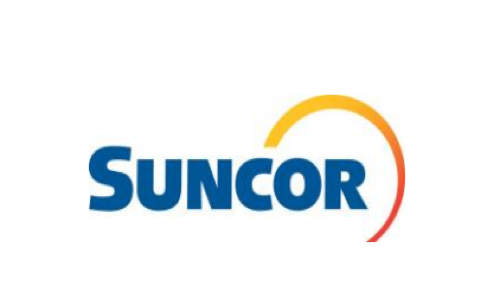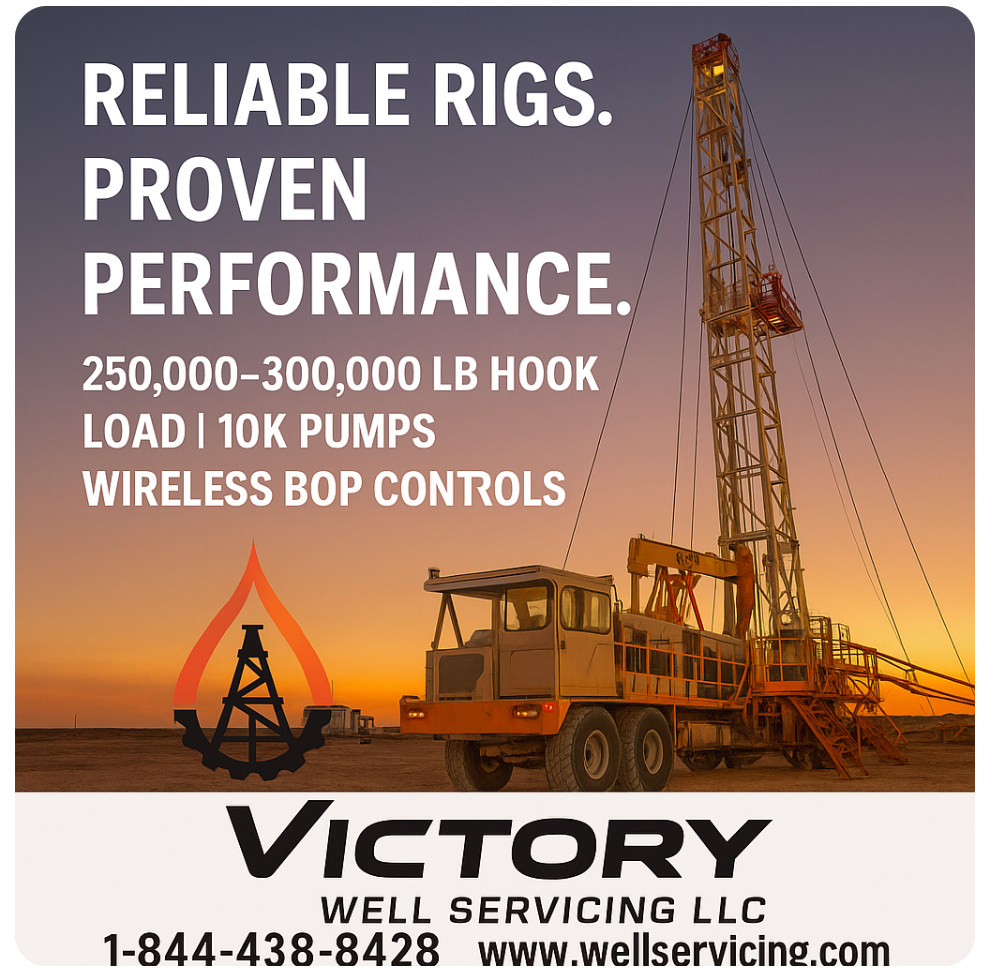Suncor Energy has taken another important step in optimizing its flagship in-situ operations at Firebag, receiving approval from the Alberta Energy Regulator (AER) for a new facility licence tied to the construction of a strategic central hub on Pad 138. The permit (Application #1959561) outlines a modern, fully electrified bitumen satellite designed to enhance fluid handling, improve operational flexibility, and support long-term production performance across the Firebag asset. IAR_22140247_256
A Quick Overview of Firebag
Firebag is one of Canada’s largest and longest-running SAGD (Steam Assisted Gravity Drainage) operations. Commissioned in stages beginning in 2004, the project today includes multiple well pads, central processing plants, and a network of pipelines that move steam, emulsion, and produced fluids across the lease.
Firebag consistently delivers more than 200,000+ bbl/d of bitumen production capacity and remains a cornerstone of Suncor’s in-situ business. The operation is known for:
- Multi-well pad development
- Extensive reuse of produced water
- Gas handling and emissions-reduction initiatives
- Ongoing reliability improvements
- Strong integration with Suncor’s downstream upgrading capacity in the Fort McMurray region
As Firebag evolves and new pads are developed, Suncor has increasingly relied on centralized hubs to streamline production handling and improve thermal efficiency.
What the New AER Permit Allows
The newly approved AER Directive 056 facility licence authorizes Suncor to construct a Bitumen Satellite (Category D451) at LSD 6-29-94-5W4, located within the Firebag field. Key details include:
High-capacity, multi-stream handling
The permit allows maximum inlet rates of:
- 33,846 m³/d bitumen
- 6,502 m³/d condensate
- 2,691 m³/d raw gas
- 67,964 m³/d water
- 9 t/d sulphur
This confirms the hub’s role in managing complex SAGD production flows.
Fully electrified equipment design
The facility will include:
- 3 electric compressors (7,380 kW total)
- 6 electric pumps (10,068 kW total)
All with 0 g/kWh NOx emissions—a notable move toward lower-carbon operations.
Gas handling via subsurface injection
No continuous flaring, incineration, or venting is expected. Instead, acid gas will be directed to subsurface disposal, supported by vapour recovery and compliance with Directive 060.
Safety & environmental compliance
- Calculated EPZ (Emergency Planning Zone): 3.73 km
- Noise level at nearest residence predicted at 32 dBa, below the 40 dBa limit
- Full compliance with Directive 055 (storage), 058 (waste), and 017 (measurement)
- Part of Firebag’s approved Commercial Bitumen Scheme (Approval 8870)
- No public or industry objections
This is a routine licence request, signifying the project meets established regulatory thresholds.
The Role of a Central Hub at Firebag
SAGD operations rely on moving large volumes of fluids—steam, produced water, emulsion, and gas—back and forth between well pads and central plants. As well pads extend farther into the reservoir and well configurations become more complex, a centralized hub becomes a strategic necessity.
1. Streamlined Fluid Management
A central hub acts as the intermediary between multiple pads and the main processing facility. Its functions typically include:
- Emulsion gathering
- Water handling
- Boosting pressure for long-distance transportation
- Gas separation and routing
- Flow stabilization
This reduces bottlenecks and ensures reliable, steady production from remote pads.
2. Improved Thermal Efficiency
Shorter fluid movement distances—and optimized routing—help reduce heat loss, maintain steam quality, and increase overall SAGD efficiency.
3. Operational Redundancy & Flexibility
Hubs allow operators to:
- Connect new well pads more quickly
- Shift flows based on reservoir performance
- Isolate maintenance events without impacting production
- Scale capacity as additional pads come online
4. Support for Electrification Trends
With industry moving toward lower-emission infrastructure, hubs like this one consolidate high-horsepower equipment—compressors, pumps, and separators—in locations where electrification is achievable.
Why This Matters
This permit signals Suncor’s ongoing modernization and optimization strategy at Firebag. The move toward fully electric, low-emission infrastructure aligns with broader industry trends, while the construction of a central hub enhances reliability and supports long-term SAGD productivity.
As oil sands operators continue to push for operational efficiency and emissions reduction, centralized hub facilities will play an increasingly important role in the architecture of large-scale in-situ projects.


